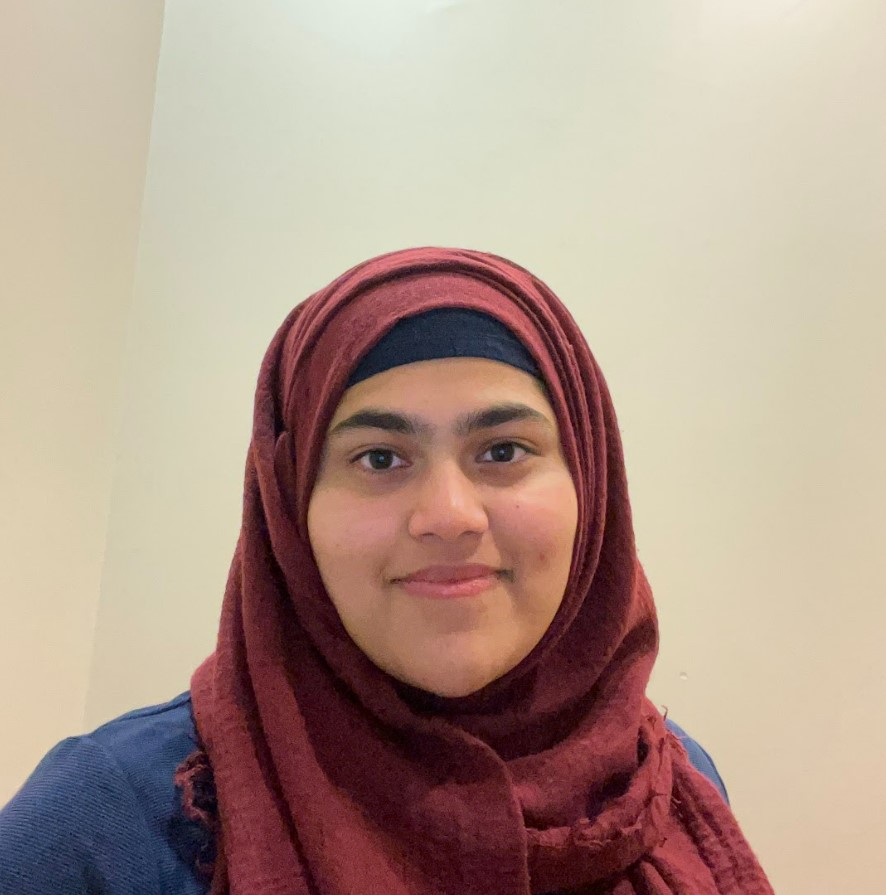Below is a summary of the abstract you submitted. Presenting author(s) is shown in bold.
If any changes need to be made, you can modify the abstract or change the authors.
You can also download a .docx version of this abstract.
If there are any problems, please email Dan at dar78@pitt.edu and he'll take care of them!
This abstract was last modified on March 21, 2023 at 7:12 p.m..

The expanding study of bacteriophages, “phages”, viruses that target host-bacterial strains to reproduce, have numerous applications in experimental microbiology. The Streptomyces bicolor B-3597 strain was utilized to increase potential bacteriophage variation for the procedures. It resulted in the discovery of phages Dexers, Marav, Provolone, and SheRa in the North Texas region based on the positive infection results. These phages underwent isolation, purification, amplification, and DNA extraction following methods outlined in the Streptomyces Phage Discovery Guide (2017). Three phages (Dexers, Marav, Provolone) shared a morphology of small, circular, and clear plaques averaging 1mm in diameter, while SheRa had plaques that averaged 0.25-0.5mm in diameter and were turbid in appearance. After completing gel electrophoresis and host ranges, these phages were selected for sequencing at the University of Pittsburgh Bacteriophage Institute based on high titer, DNA yield, and unique sequencing potential. Both Dexers and Provolone are from subcluster BD3, Marav is from subcluster BD2, and SheRa is from subcluster BI2. Based on the Illumina Sequencing, it was found that the bacteriophages had an average GC content of 65.85% and ranged from approximately 43,000 to 53,000 base pairs long. Each had a 3’ sticky overhang. Annotation is currently being performed using bioinformatic tools such as PECAAN, Glimmer, GeneMark, HHPRED, NCBI, Phamerator, Starterator, TMHMM, and PhagesDB. The annotation decisions are utilizing the “Guiding Principles of Bacteriophage Genome Annotation'' to determine unique features among the phages.





